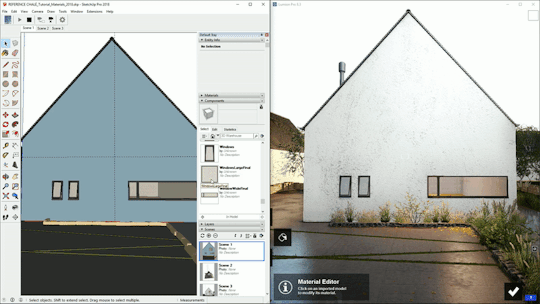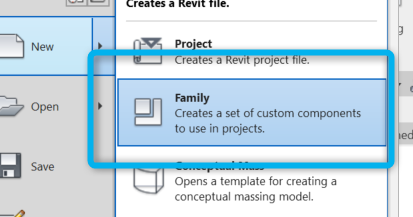

If there is material on both sides of the surface, Revit Architecture applies the Face 1 material to both sides. Two-sided surfaces: If a material or color is assigned to only one side of a surface in SketchUp, Revit Architecture applies the material or color to both sides of the surface by default. When importing SketchUp files, consider the following: įor additional information on working with SketchUp files in Revit Architecture, see Integrating SketchUp and Revit. For more information, see Suitability of Imported Geometry. TIP:Make sure you import the geometric data needed for the Revit Architecture capability that you plan to use. For more information, see Large-Scale Massing Studies in SketchUp. SketchUp ( SKP) files can be imported directly into a Revit Architecture mass or in-place family. In the Import/Link dialog, navigate to the folder that contains the SketchUp file.įor Files of Type, select the SKP file type. See Creating a Mass Family or Creating an In-Place Family. In the Revit project, create a mass or in-place family. I copied the following below from the Revit Tutorials.


The cool thing about this import is that you can replace the model walls with Revit building components to save you some time. Running a little low on time so to export from Sketchup to Revit, you need to have Sketchup Pro I've found to make it work best but essentially you need to go to: Now you can start painting up your Revit model in Sketchup. dwgĪlright so the next thing you notice is that when you click on your model it highlights the whole shootin match so click on your model right click and hit explode. Then specify under Files of Type ACAD Files. (The only advantage I've seen with Exporting Polymesh is when you are exporting/importing complex model geometries and mostly this is used in MAX, Maya or Rhino for vertices editing) Secondly, Sketchup is generally used for pretty pictures, easy graphics and 3d manipulation so for the most part I model in Revit and then export to Sketchup to make my pretty pictures.However, I can show you how to send it to either program either way. To back up the first question I would ask is really? Because you can model everything in Revit much more accurately, and very quickly as well as keep Revit your primary modeling software that you're using for the job.

So I got asked the question how do I take a sketchup model and turn it into a Revit file?


 0 kommentar(er)
0 kommentar(er)
